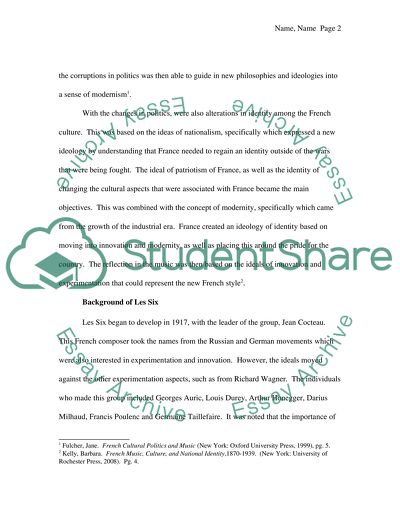Cite this document
(“Innovation and Tradition in French Music since 1920 Essay”, n.d.)
Retrieved from https://studentshare.org/music/1413578-innovation-and-tradition-in-french-music-since
Retrieved from https://studentshare.org/music/1413578-innovation-and-tradition-in-french-music-since
(Innovation and Tradition in French Music since 1920 Essay)
https://studentshare.org/music/1413578-innovation-and-tradition-in-french-music-since.
https://studentshare.org/music/1413578-innovation-and-tradition-in-french-music-since.
“Innovation and Tradition in French Music since 1920 Essay”, n.d. https://studentshare.org/music/1413578-innovation-and-tradition-in-french-music-since.


